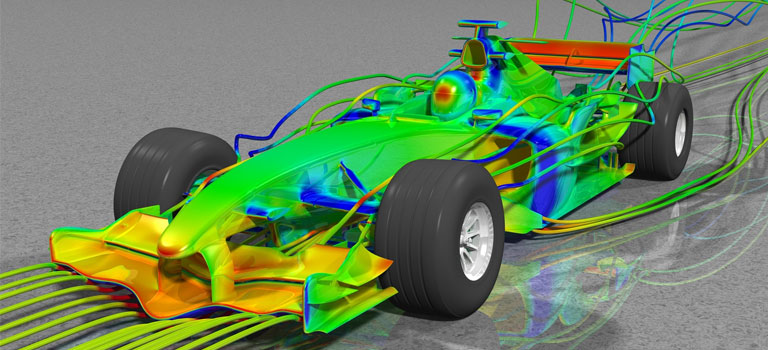ANSYS (NASDAQ: ANSS), an engineering simulation software developer, has acquired 3DSIM for an unspecified figure.
The deal creates what Pittsburgh based ANSYS are calling “the first complete additive manufacturing simulation workflow.”
Based in Utah, 3DSIM was co-founded by Brent Stucker. 3D Printing Industry first reported on 3DSIM when the company announced plans in 2014. With Stucker’s background including chairing the ASTM International F42 committee and as a professor of industrial engineering at the University of Louisville, this knowledge was channeled into developing Finite Element Analysis (FEA) software that could unlock the advantages of additive manufacturing, “through simulation-driven innovation rather than physical trial and error.”
Since then 3DSIM’s software has been used by enterprises including Additive Industries to save countless hours and recieved investment from independent safety science company UL. 3DSIM also has other customers at aerospace and automotive OEMs, parts manufacturers, metal additive manufacturing machine producers and leading research labs.

Advancing additive manufacturing through simulation
Seeking to address the challenges of working with a powerful energy source in a fast moving environment where rapid heating and cooling can cause defects in a 3D print, the combined ANSYS-3DSIM simulation software is intended to overcome such hurdles and produce, “stronger, yet lighter components in the future.”
3DSIM’s products include exaSIM and FLEX. exaSIM is a software tool for machine operators and designers of additive manufacturing-developed parts, it provides predictions to identify and address residual stress, distortion and build failure. Using exaSIM can help users achieve part tolerances and avoid build failures without physical experimentation. FLEX is used to find the optimal process parameters for a particular additive manufacturing machine and material combination.
Simulation, and matching actual performance to the simulated data is also important for the industrialisation of additive manufacturing. Specifically, if process monitoring and 3D printer logs can be matched to simulation data, this could potentially streamline the certification and QI process.
ANSYS continues 3D printing industry expansion
ANSYS is already collaborating with several enterprises in the 3D printing and have developed several software solutions for the industry. In June we reported how PTC and ANSYS were working together to bring engineering simulation capabilities to the ThingWorx® Industrial Internet of Things (IIoT) platform. Then, in September ANSYS launched a feature called ‘Discovery Live’ providing the ability to instantly visualize complex 3D component designs.

Shane Emswiler, ANSYS vice president and general manager said, “Additive manufacturing is changing the way companies are bringing products to market, and 3DSIM is helping to lead the way through its innovative solutions.”
By bringing exaSIM and FLEX onto our Workbench platform, ANSYS can offer customers the only end-to-end additive manufacturing simulation workflow available. That will spark innovation, speed time to market and reduce manufacturing costs for our customers across industries.
Speaking about the deal 3DSIM CEO Brent Stucker said, “We are excited to become part of the ANSYS family with its nearly 50-year history of helping customers realize their product promise. Combining 3DSIM’s leading additive manufacturing technology with ANSYS engineering simulation solutions will be a win-win for our customers and the entire industry.”
For more 3D printing news, subscribe to our free 3D Printing Industry newsletter, follow us on Twitter, and like us on Facebook.



